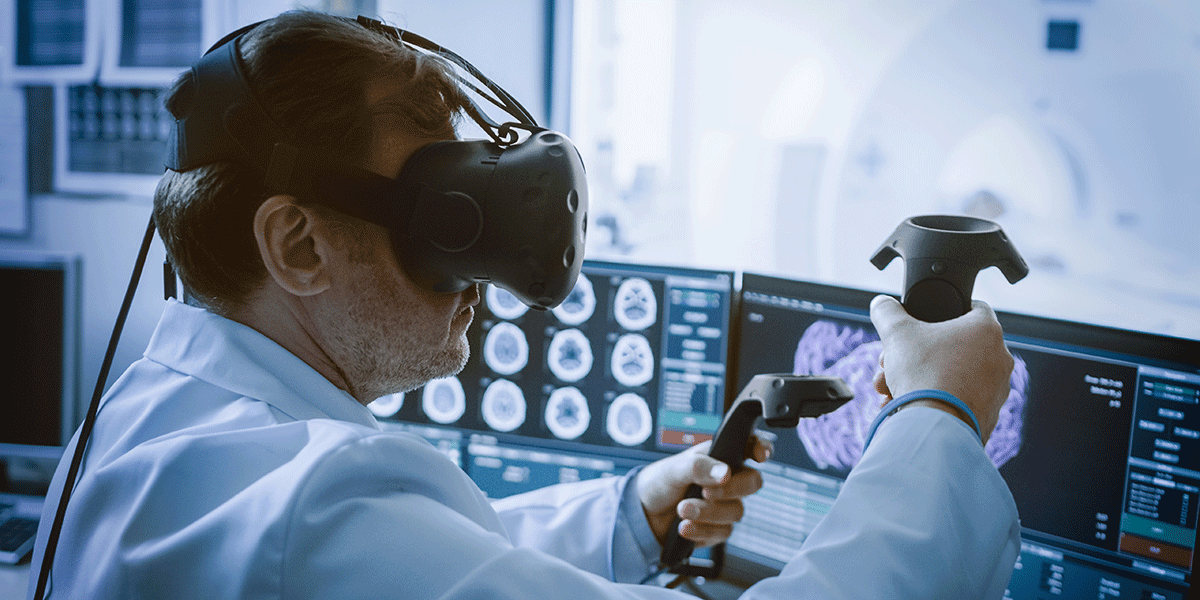The Future of Healthcare and Technology
Part 4: Expectations for 5G Focused Telemedicine
Previously I explored the possibility of highly accurate diagnostic imaging and AI-based history-taking using AI medical device I also touched upon the benefits that will come with the next-generation communication system, 5G. In this article, I will explain 5G’s implications in more detail. What kind of evolution will the features of 5G — high capacity, low latency, and multiple simultaneous connections — bring about in telemedicine?
- Also read:Part 3: Diagnostic Support Using AI

Author: Hiroaki Kato, M.D.
Dr. Kato develops surgical instruments and telemedicine services while maintaining a medical practice. In 2016, he joined the Ministry of Health, Labour and Welfare (MHLW), where he was involved in legislation and policy making as Assistant to the director in the Health Policy Bureau. Since leaving the MHLW, he has been practicing medicine and supporting the development of new businesses throughout the medical field, including co-founding an AI medical device development company. Dr. Kato is the author of several books, including Medical Care 4.0 (Nikkei BP).
The Anticipated Increase of Online Medical Consultations and Their Challenges
As a temporary measure due to COVID-19, it is possible to provide online medical consultations to all patients. As a result, about 15% of medical institutions in Japan now offer medical consultations using telecommunications equipment, including video calls and telephones*. However, since this is not a permanent measure, online medical consultations will be further developed in the future.
*Reported by Ministry of Health, Labour and Welfare (PDF).
(Only in Japanese.)
Currently, more than 10 companies in Japan offer video communication systems to medical institutions for online medical consultations. As society continues to go digital, digitalization will become inevitable even in the medical field, so the number of facilities that adopt online medical consultations is expected to increase. On the other hand, with today's online medical consultations, only two-dimensional information can be transmitted through the screen, and the fact is that this results in lower-quality medical care than in-person consultations. In the future, the quality of medical care will likely improve by utilizing data from home test kits and home medical devices. Some advanced clinics are already conducting online consultations while sharing data from wearable IoT devices.
High expectations for online medical consultations are being placed on 5G. Since it allows large amounts of data to be exchanged seamlessly, it will be possible to use high-resolution images for diagnosis, with the quality of medical care improving as a result.
Potential for Remote Surgery Expected with 5G
5G may also allow for palpation, which had been regarded as difficult to accomplish online. At present, a Japanese university has announced a product that allows the user to have a simulated tactile experience by attaching a device to the fingers that can reproduce the sensation of touching an object and matching it with an image. If this is combined with large-capacity, low-latency communication by 5G, remote palpation would then become a reality.
If fine tactile sensations can be sent without delay, remote surgery may become possible. Currently with robotic surgery, the robot is operated remotely from where the patient is located. Since there must be no delays during surgery, a wired connection is used. However, if 5G is able to reduce communication delays, it might be possible to make everything wireless. In the future, it may also be possible for surgeons in Tokyo to operate on patients in Hokkaido and Okinawa.
While there is also a risk of communication failure, it is thought that the danger could be avoided with AI as introduced in the previous article. Even if an improper movement occurs due to communication failure, if minimal steps can be taken through automatic control by AI, it should be possible to avoid a serious incident.
The technologies such as IoT, AI, and 5G introduced so far are all representative of the Fourth Industrial Revolution. In the next and final installment of this series, I will discuss underlying challenges in technological development in medical settings and touch on examples of the use of VR and robots.
- Continue reading:Part 5: Evolving Medical Technology and the Future of Medicine

